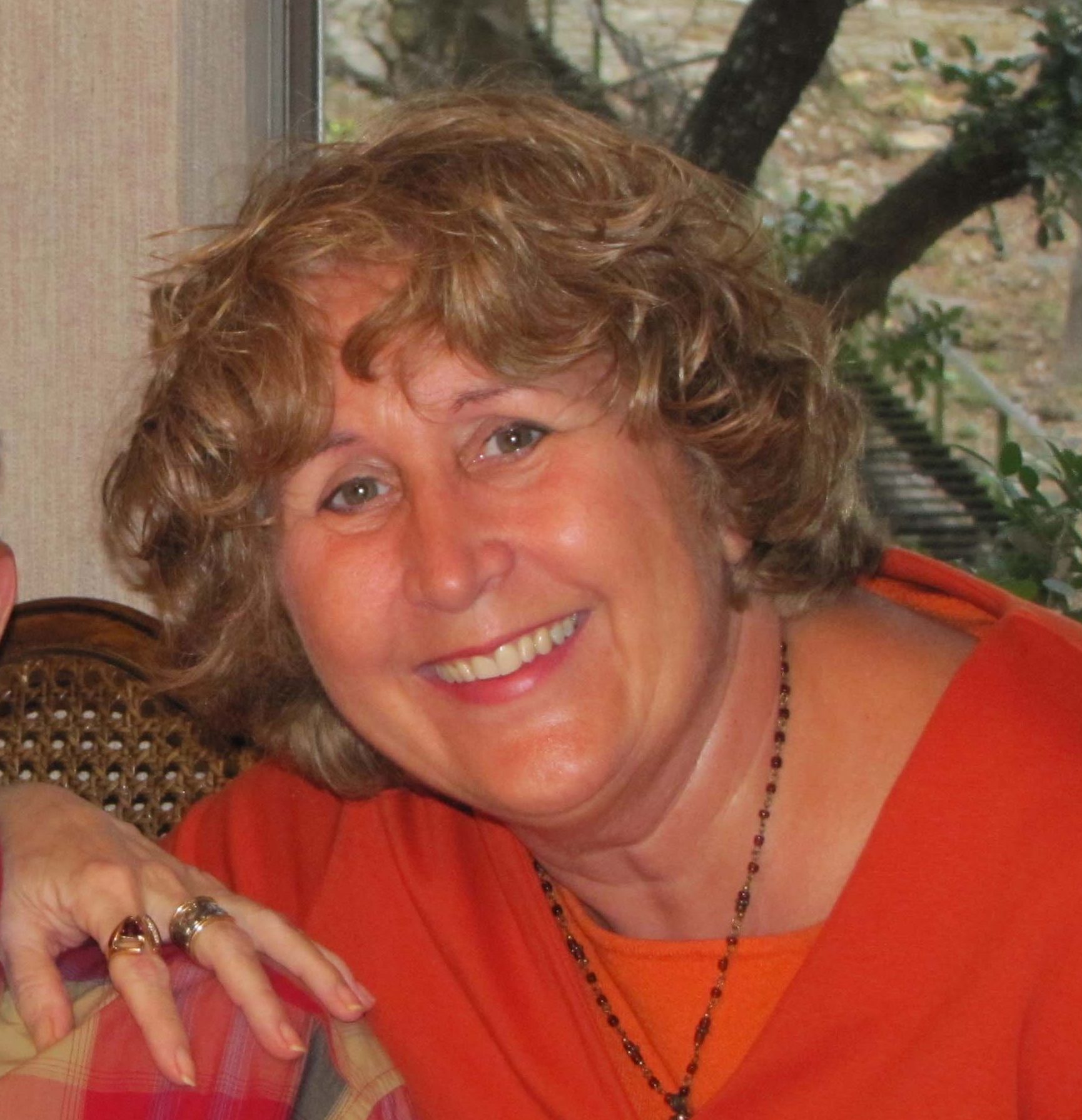Oftentimes, when people think of PTSD they relate it to war time experiences, domestic violence, rape, natural disasters, being the victim of child abuse, or other severely traumatic circumstances. However, this is not always the case. PTSD can be developed from long-term exposure to highly stressful situations such as police work, firefighting, or emergency room work. It can also result from accidents in which you or loved one was injured, witnessing violence of any kind, being a victim of bullying, a series of significant losses or many other scenarios in which there was danger of serious injury or death to oneself or others, and the following symptoms last more than a month.
Someone can have PTSD and not know it. It’s obvious that something is wrong, but the traumatized person does not have a name for it. Dan Siegel said , “To name it is to tame it.” Without realizing that the symptoms he/she is experiencing are the result of disturbing life events, the human tendency is to personalize it, to blame oneself, and consequently feel broken or just “wrong” somehow. That is why it is important to know if the symptoms that one is experiencing is considered indicative of PTSD or not.
According to the Diagnostic and Statistical Manual (DSM) IV and V, PTSD symptoms can be categorized into three groupings: avoidance symptoms, reexperiencing symptoms, and hyperarousal symptoms.
Avoidance symptoms
Our brains are designed to subconsciously repress disturbing material so that we are able to function in daily life without having to think about the trauma all the time. The avoidance behavior associated with PTSD is derived from this automatic repression response.
Avoidance symptoms can be the obvious, such as avoiding reminders of the trauma, namely activities, people, places, feelings, thoughts, anniversaries, or conversations regarding the traumatic event. But, avoidance symptoms can also be not being able to remember some aspect of the trauma as originally experienced. A common sign of PTSD is not being able to remember much or all of one’s childhood, or not remembering a past major life event. It is also common to not be able to remember some aspect of the trauma. Many traumatized people with PTSD cannot return to the setting where the trauma occurred, or even think about it without being triggered into a reexperiencing event. This is why therapy can be very stressful for the person with PTSD.
Having a persistently negative attitude regarding oneself, others, life or the future can also be an avoidance symptom of PTSD. This negativity can manifest as low self esteem, mistrust of others, belief that the future is hopeless, or that life feels like an existential void of meaninglessness . A person experiencing these symptoms may not participate extensively in relationships, set or pursue goals, or really believe that anything can get better.
Another avoidance symptom is losing interest in what were once pleasurable activities before the trauma. For example, a person may have once enjoyed hobbies, going out socially, watching or participating in sports, going to church, or outdoor activities, but now these pursuits no longer have any appeal. But, then again, doing nothing at all also has no appeal, so there seems to be no path to return to happiness.
Feeling numb, unable to feel emotions, can also be an avoidance symptom of PTSD. The system becomes so weary of the intensity of the fight or flight response that it just shuts off to a large extent. It’s almost as if the body and head are now separated so the person is unaware of what the body is telling him/her about what he/she feels. But it’s not just stressful emotions that are shut off, all emotions are impaired, including love and joy.
It makes sense, then, that another avoidance symptom is feeling disconnected from others. All emotions serve a purpose. When we are disconnected from our emotions, we not only are unaware of what we are feeling, we are unaware of what others are feeling and signaling to us through body language. Therefore, we are not able to determine how to respond to life events. Our unawareness of what others are feeling makes us unable to respond to others adequately.
Reexperiencing symptoms
Conversely, during the reexperiencing symptoms, the psyche strives to bring the trauma into consciousness so that the trauma can be processed. All living systems strive toward good health, even good mental health. Bringing the memory into consciousness activates it into a more plastic state so that it can be changed by taking in a more adaptive perspective. Examples of more adaptive responses are to realize that the danger is over and the traumatized person is safe now, understand that it wasn’t his/her fault, or be aware that he/she has choices now.
An unprocessed traumatic event stays frozen throughout a lifetime in the subconscious only to be periodically triggered into awareness by inner or outer stimuli. When the trauma is triggered, the traumatized person relives the emotions, the felt sense of those emotions in the body, negative self-evaluations, and sensory aspects experienced during the original trauma. This is the hallmark of PTSD.
Reexperiencing symptoms of PTSD can include distressing dreams or nightmares, especially if they are recurring. This is an example of the subconscious pushing the trauma into consciousness so the person can and will process it.
Similarly, another reexperiencing symptom is having flashbacks, especially with a dissociative element. This means that during the flashback the person is not aware of being in the present, but instead is reliving some variation of the event as it happened in the past, over and over again. A good example of this is the ex- soldier who always ducks for cover at the sound of firecrackers or backfiring cars. To that soldier, he/she is back on the battleground and is getting shot at.
Intrusive thoughts are a less dramatic version of the flashback symptom. This is when the trauma victim cannot stop thinking about the trauma and finds him/herself involuntarily and compulsively going over and over the details of the traumatic event. The associated physiological reactions to this rumination are natural, reflexive responses to danger. Some of these physical reactions may include rapid heartbeat and rate of breathing, pressure in chest, nausea, or elevated blood pressure. In fact, physiological reactions are also a reexperiencing symptom of PTSD, and they happen because the brain does not realize that the person is not in danger at the moment and the brain responds to the perception of reexperiencing the past with some version of the fight, flight or freeze reactions.
Hyperarousal symptoms
The final group of PTSD symptoms are that of hyperarousal. Hyperarousal occurs when the brain of the trauma sufferer remains in the reactive state due to an overactive amygdala which responds to the perception of ongoing danger, despite the lack of any real current threats. Because the hippocampus, the part of the brain responsible for discriminating between past and present, actually shrinks as a result of trauma, the brain remains activated for lack of updated information regarding potential danger. In other words, the diminished hippocampus is responsible for the brain constantly sending out signals of potential danger. Thus, everyday life stressors are interpreted as potentially dangerous to the brain and result in increased cortisol and norepinephrine release, leading to adrenal fatigue of the body.
An example of how the chronically activated fight or flight response looks in everyday life for the PTSD sufferer is the elevated startle response. Some people call it being jumpy. Unexpected noises or movement can give the PTSD sufferer a jolt, literally make them jump. This is because these unexpected noises and movements in the environment signal potential danger to the brain stuck in the fight or flight response. Another PTSD symptom related to the startle response is increased vigilance. This means that the PTSD sufferer continuously monitors the environment for potential danger, and does this subconsciously and involuntarily.
An additional hyperarousal PTSD symptom is insomnia. Going to sleep and staying asleep is difficult when the body is chronically ready for fight or flight. The muscles must be relaxed to sleep well, not braced for managing a threat.
Irritability is another hyperarousal symptom of PTSD. As stated in the above paragraphs, the system gets exhausted from the unrelenting stress response and a shortage of sleep. Fatigue results in lower pre-frontal cortex functioning. This is the part of the brain responsible for processing thought , memory and learning. When the pre-frontal cortex is impaired we have fewer resources to utilize in our interaction with life and others. Social skills, manners, compassion and understanding may all be challenged or impaired. A related hyperarousal symptom of PTSD is difficulty concentrating. Like irritability, difficulty concentrating is indicative of impaired pre-frontal cortex functioning.
Having mentioned the PTSD symptoms, it is important to note that PTSD is a continuum, not an on-off switch. A PTSD sufferer may have some obvious symptoms and not have difficulty with other symptoms.. Some symptoms operate on a subconscious level and are not particularly noticed. Some people have milder cases than others, not because their trauma was less, but because they had more internal resources or the trauma was not ongoing.
Whatever the level PTSD experienced, it is treatable, and seeking treatment is important to not only mental health but also physical health. The body is not meant to be on alert at all times and sooner or later unhealthy physical conditions will manifest, even autoimmune conditions. Talk therapy is the most common therapy, but not the most effective with PTSD. A bottom up therapy, such as EMDR, yoga, neurofeedback, and, (believe it or not,) theater, work best to treat PTSD. This is because talk therapy uses words, and trauma is stored in a part of your brain that doesn’t utilize words. But, with the right therapy, the prognosis is good for recovery.





